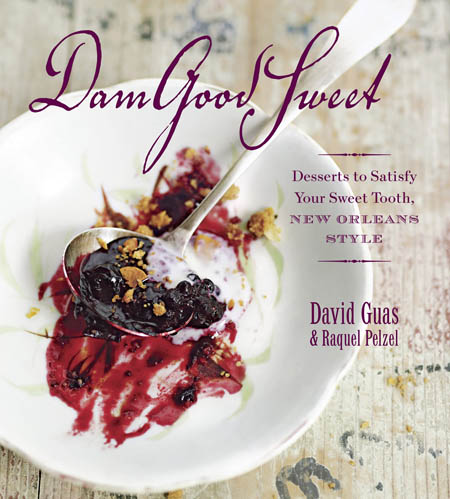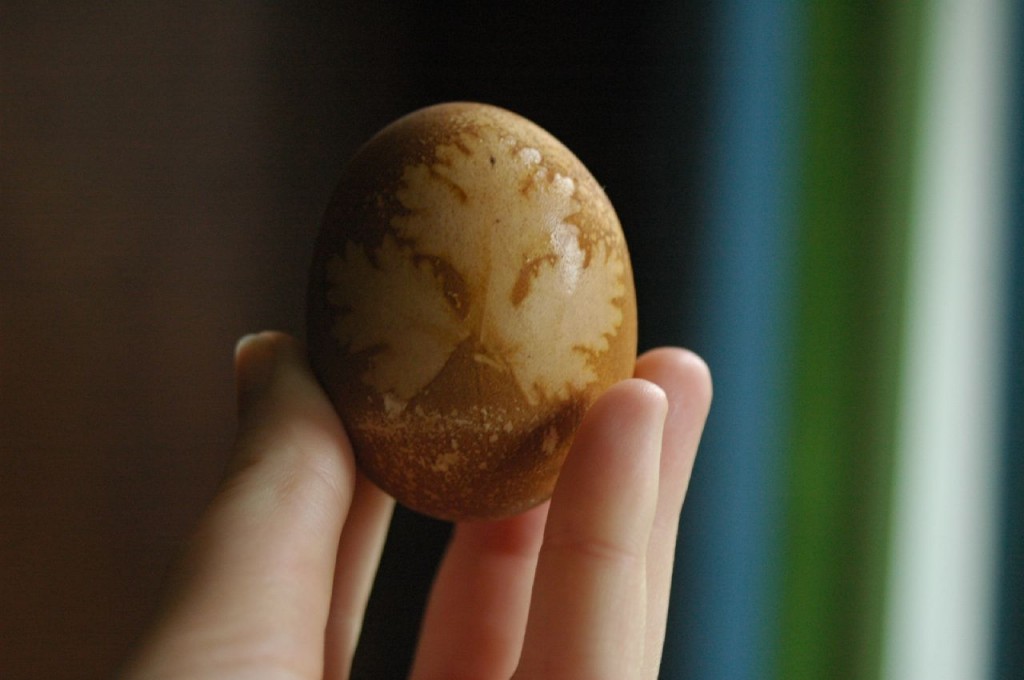I’m thinking I just have to post here, and that’s it. No excuses. But I like excuses! Someone call the Waaaahmbulance.
A shop I like is going out of business, unfortunately, so the last few times I’ve passed by, I made it a point to drop in and pick up something from their quickly emptying shelves. Everything is marked down significantly in their assortment of imported canned goods, spices, beverages, and sweets.

Mine, all mine!
Here’s what I snagged most recently:
- double Devon cream
- instant yeast
- Chai masala
- Fortnum & Mason Glühwein muslin spice bags
- Greek rose petal jam
- Armenian white mulberry preserves
- bottle of rose water
- several little bottles of Belvoir elderflower presse
- big bottle of Belvoir spiced winter berry cordial
- a grip of various Dutch licorice candies to mail to a friend of mine
It’s not like any of these are substantial pantry items, but this is basically a basket full of tea party stuff. I can use the yeast to bake something, and then I can put the double Devon cream and rose petal jam on that baked something, and my friends and I can eat it while we drink hot chai and cocktails made with rose water or the cordial. I didn’t actually realize that there was a bit of a theme here.
I don’t know about you, but I can’t imagine brunch or tea or any sort of gathering without loads of delicious baked stuff. For my friends who are, for one reason or another, currently maintaining a diet that has them avoiding wheat, gluten, carbs, etc: I will learn how to bake things that you can eat. But for now, it’s flour and sugar all the way. Bread and baked goods in general are clearly on my mind, as reflects in some of the cookbooks I’ve picked up second hand recently.

Dam Good Sweet, David Guas & Raquel Pelzel, The Taunton Press
This book of New Orleans sweets has such mouthwatering treats like the classic buttermilk beignets, calas – egg and rice fritters deep fried in peanut oil, meant to be eaten with sweet syrup – and spiced pecans. The book is peppered with nostalgic anecdotes from David Guas New Orleans childhood, as well as historical bits about the city. New Orleans is a place I’ve not visited yet, but it’s high at the top of my list of cities I want to see in the United States. Until I make it over there, I can at least try and bring the taste of the city here, through the recipes. (Although I’m not so arrogant as to assume that they stuff I cook up will be on par with what the chefs, street food vendors, and city stalwarts might turn out of their kitchens.)

How to Bake Bread: The Five Families of Bread, Michael Kalatny, Red Seal Books
This tome from a master artisan bread baker is probably the most thorough culinary book I’ve ever seen. It goes into the most minute details on the science behind the interaction of yeast, flour and water, as well as discusses and visually outlines various mixing, kneading, folding and cutting techniques, from making sourdough loughs to folding perfect pretzels. I’ve been wanting to try my hand at making bread for a while, but for some reason I’ve been too intimidated. This book may be just the introduction I need.
It’s funny, I don’t actually tend to eat bread with all my meals, even though it’s very much a Russian way of doing things. Most of the time, I don’t find myself even buying bread. But there’s something different about baking my own. I think I would eat an entire loaf in a few days if I put all that work into it. Yes. So, any tips for getting started on bread making that you’ve learned from experience? And what are your favorite things to bake? Tell me secrets!





